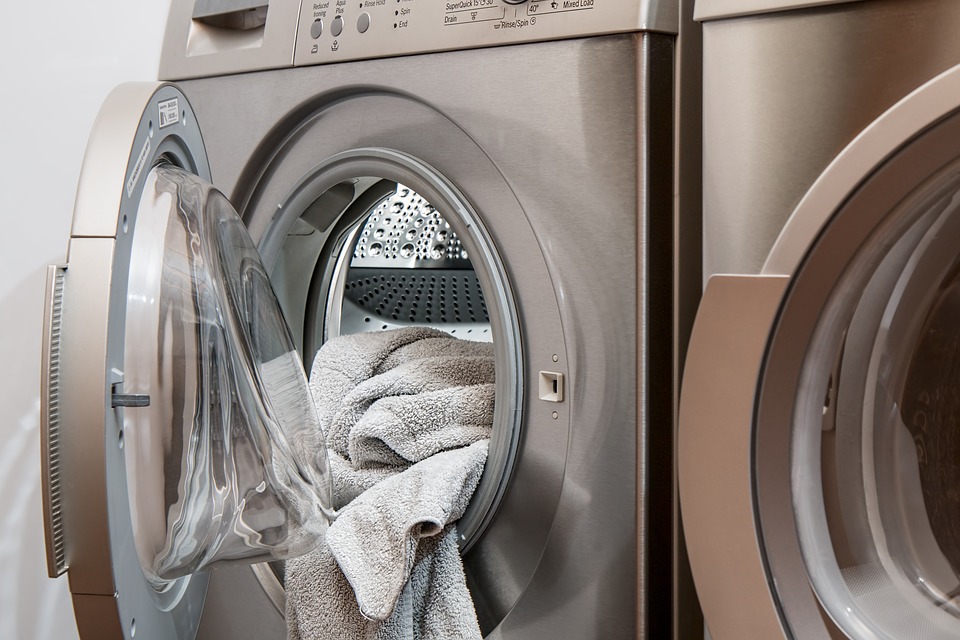The laundry washing of clothes is a vital task performed daily in every household across the globe. People today, buy more clothes and wash them more often than they did earlier. Washing clothes consume lots of water, energy and detergents. Various research studies across the Globe have recently concluded that in a garments’ life cycle, the major harmful impact on the environment comes from the laundry phase.It has now been proven that 86% of the total energy consumed in a garment’s life cycle is used for heating of water used for washing garments and 93% of the total waste water is generated from laundry washing. According to world bank report, an average Indian household performs approximately 340 wash cycles in a year and this accounts for approximately 40.7 kWh of electricity, 47.5 Kiloliters of water, and 27 Kg of detergent consumption per household per year.
These figures provided the rationale for a scientific research study on developing green ways of doing laundry in India. The study was funded by University Grant Commission (UGC) and carried under the aegis of Department of Fabric and Apparel Science, Lady Irwin College, University of Delhi. Laboratory-based tests measuring, cleaning effect, energy, water nd detergent consumption were performed in order to find out the most sustainable way of doing laundry at household level without compromising the cleaning efficiency. The significant results of the study have been summarized below as 9environmentally efficient tips for washing laundry in India. These tips will not only help the consumers to contribute positively to the ecology, but at the same time will also help them to save their annual household economic expenditures.
- Avoid frequent washing: Simply, wear your garments more than once. Obviously socks, undergarments and garments of sick people are excluded. To prepare your garment before next wear, simply brush and air them under the sun to get rid of dry dust and body odours. In case the garment is stained, clean the stained area using a stain remover, followed by airing.
- Wash only full loads while using a washing machine – This means that if you have a washing machine of 6 kg capacity and you are only washing 1 kg garments, you are consuming more resources. Although today’s washing machines have built-in intelligent technology, which automatically reduces the water consumption in accordance to the laundry volume, however, it has been scientifically proven that a half filled machine still uses 78% of the energy, 80% of the water, 67% of the detergent as compared with a full machine.
For hand washing/ semi-automatic machines – Start washing the light colour/ less soiled garments first, followed by dark colour/heavily soiled garments. This will help in producing effective cleaning results while saving water and detergent.
- Choose low temperature and long wash duration – When clothes are only slightly soiled a wash at low temperature (e. g. 30°C) for a longer period of time may already provide sufficient cleaning result and may save approximately 36% energy. For high temperature washing, you must wash during the day and harvest solar energy to raise the temperature of your water. For hand washing, a dark colour bucket (preferably black) filled with water can be placed under the sun for heating up the water.
- Use eco-friendly laundry detergents – Laundry detergents may contain chemicals which are otherwise harmful to the environment. Eco-labeled detergents are certified for their environmental friendliness. Apart, from this liquid laundry detergents are also less harmful.
- Use correct detergent dosage- Follow detergent dosage instructions on labels. Overdosing does not provide extra cleaning and uses more water for rinsing and under-dosing will not result in clean garments. If the garments are not soiled and washed only for the purpose of freshening up, a reduced detergent dosage (1/3 of the recommended dose) will provide the desired results and will help save water due to less amount of rinsing required.
- Use rainwater for laundry washing - Rainwater is free from calcium and magnesium and thus requires less amount of detergent to produce an ideal wash as compared to hard water.
- Choose a sustainable washer technology – Various scientific research studies across the globe have found that a front load washing machine consumes 63% less water, 33% less detergent and causes less wear and tear to the garments as compared to a top load washing machine. So, if you are using a top-load machine and planning to buy a new one, then purchase a front load washer. And even if you have recently bought a top load washing machine, then also you may still contribute to the environment by following other seven green laundry rules.
- Use the wastewater from rinse cycles for non-potable uses like toilet flushing, car washing etc.
- Dry under the sun - Spin dry your garments followed by line drying under theSun/shade. Sunlight also kills germs.
